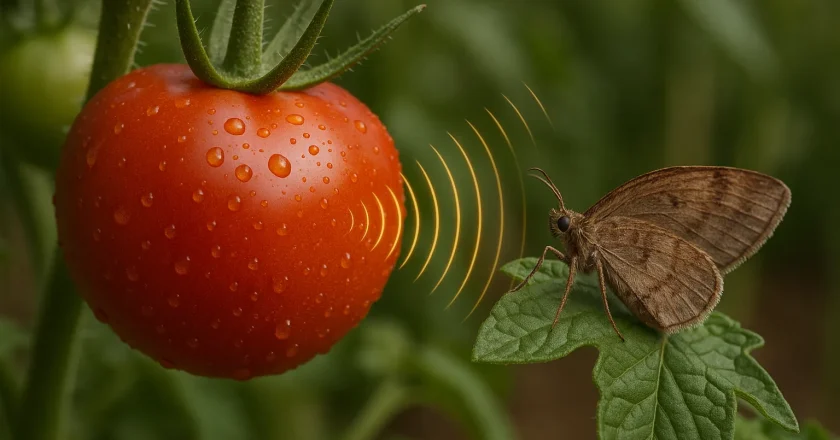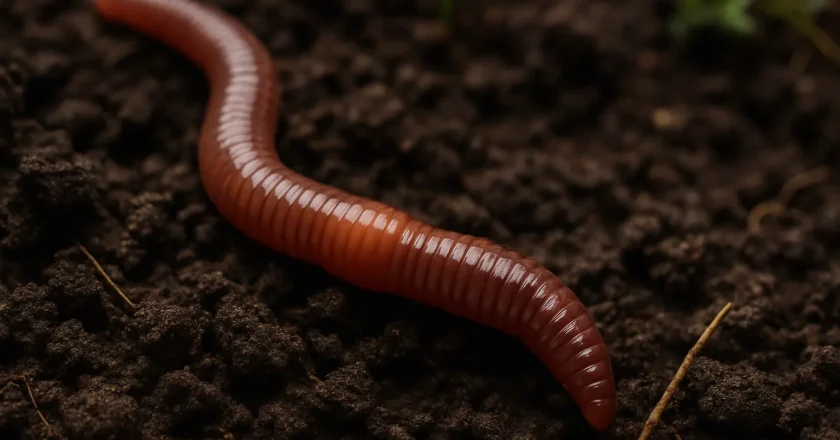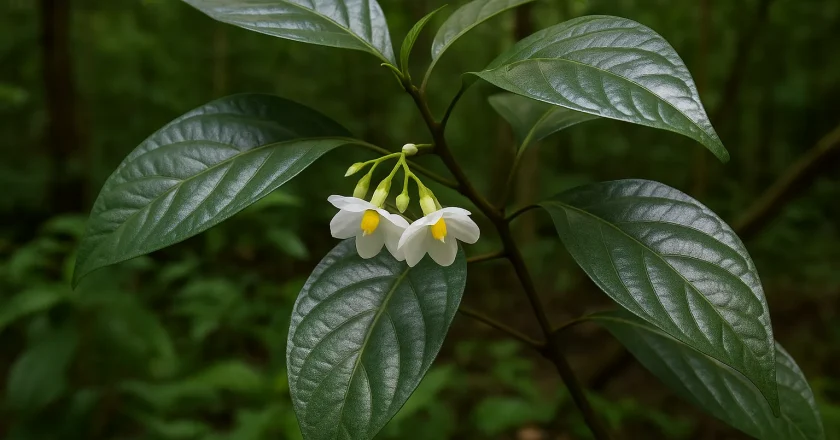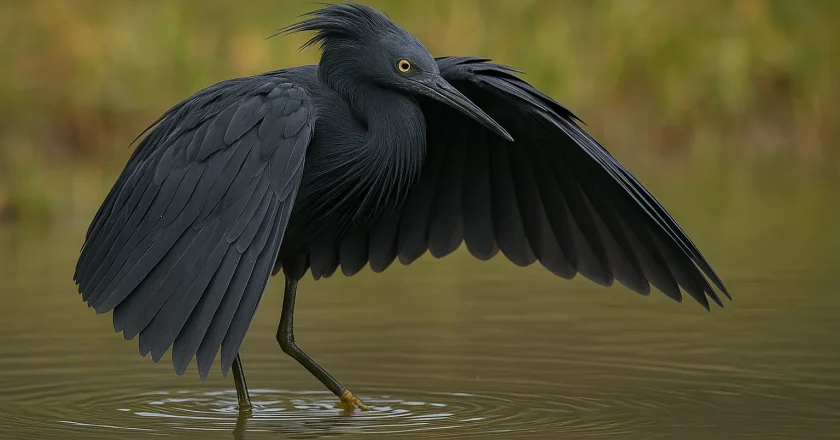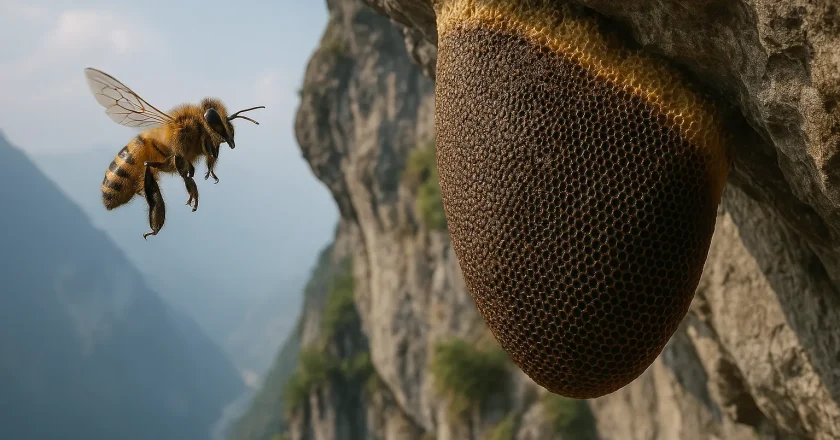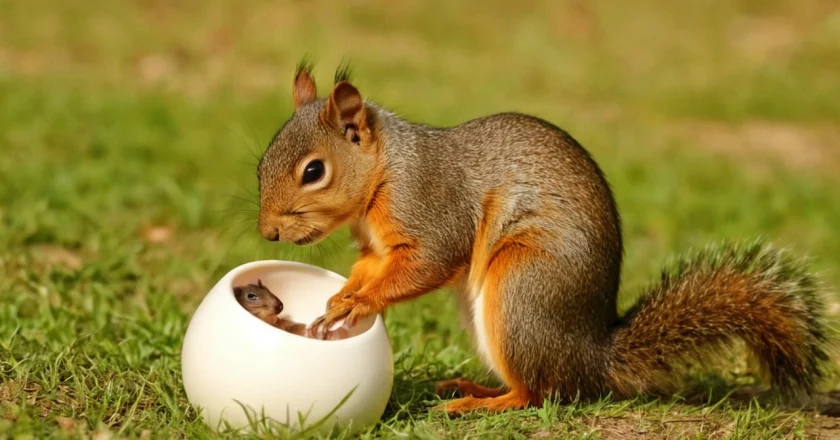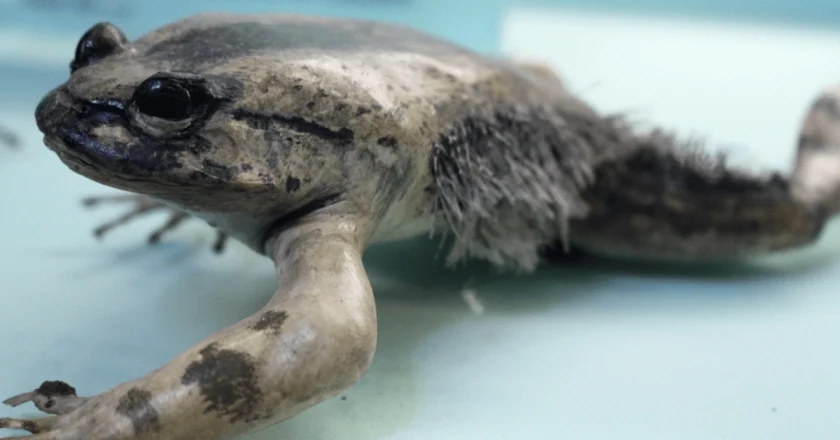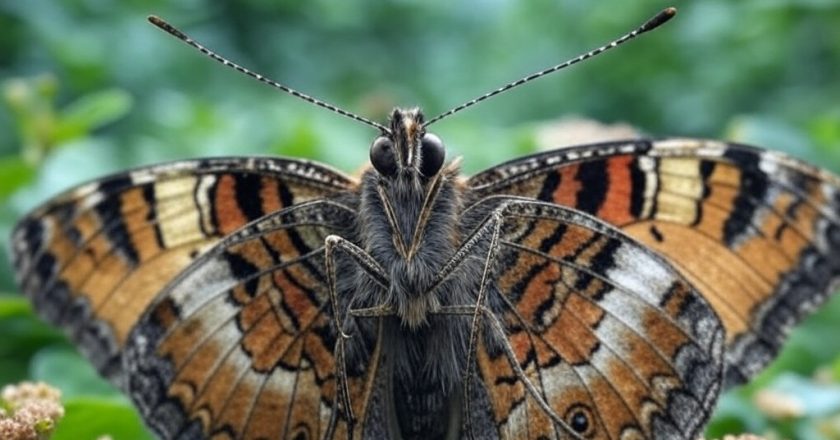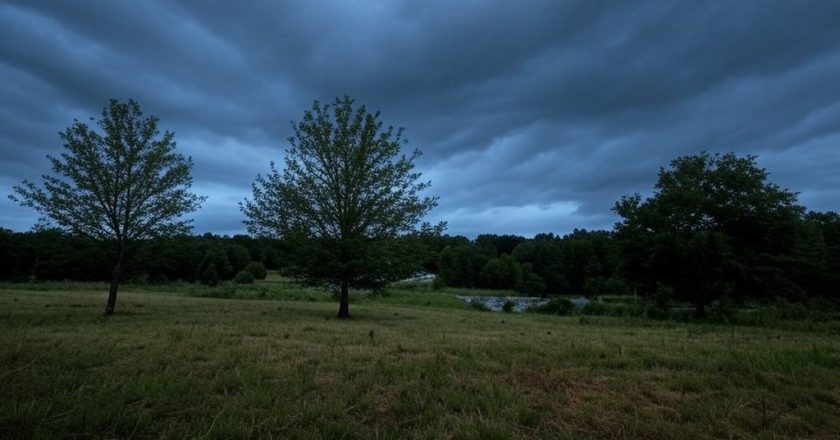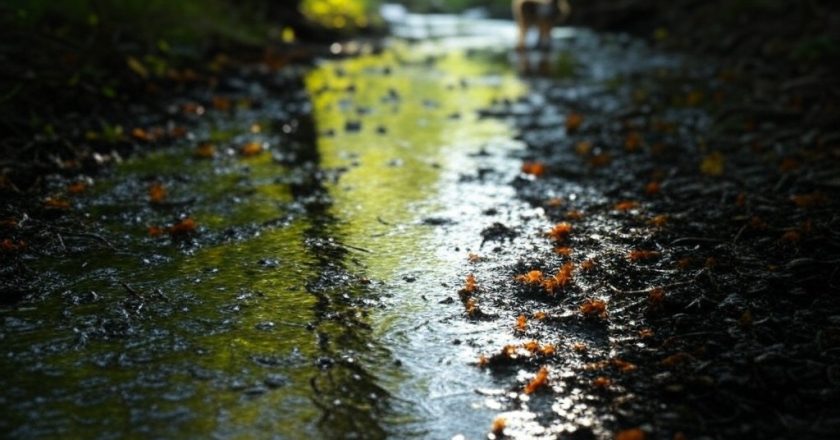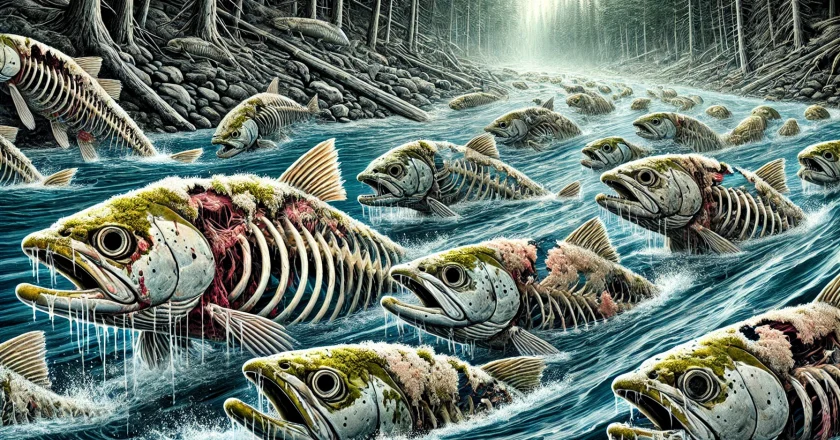Tomatoes Are Talking—And Moths Are Listening! The Hidden Language of Plants Revealed 🌱🔊🐛
Imagine walking through a garden where tomatoes silently exchange warnings of danger, plants whisper secrets through ultrasonic waves, and moths tune in closely to determine where to safely lay their eggs. While this sounds like science fiction, groundbreaking research from Tel Aviv University has now confirmed this hidden dialogue of the natural world.
In a remarkable discovery, scientists revealed that stressed tomato plants produce ultrasonic sounds—far beyond human hearing—but clearly detectable by animals with ultrasonic perception, such as moths and bats. This finding opens an entirely new window into understanding plant behavior, revolutionizing pest control, smart agriculture, and environmental awareness.
Let’s explore how this incredible phenomenon works and its profound implica...

